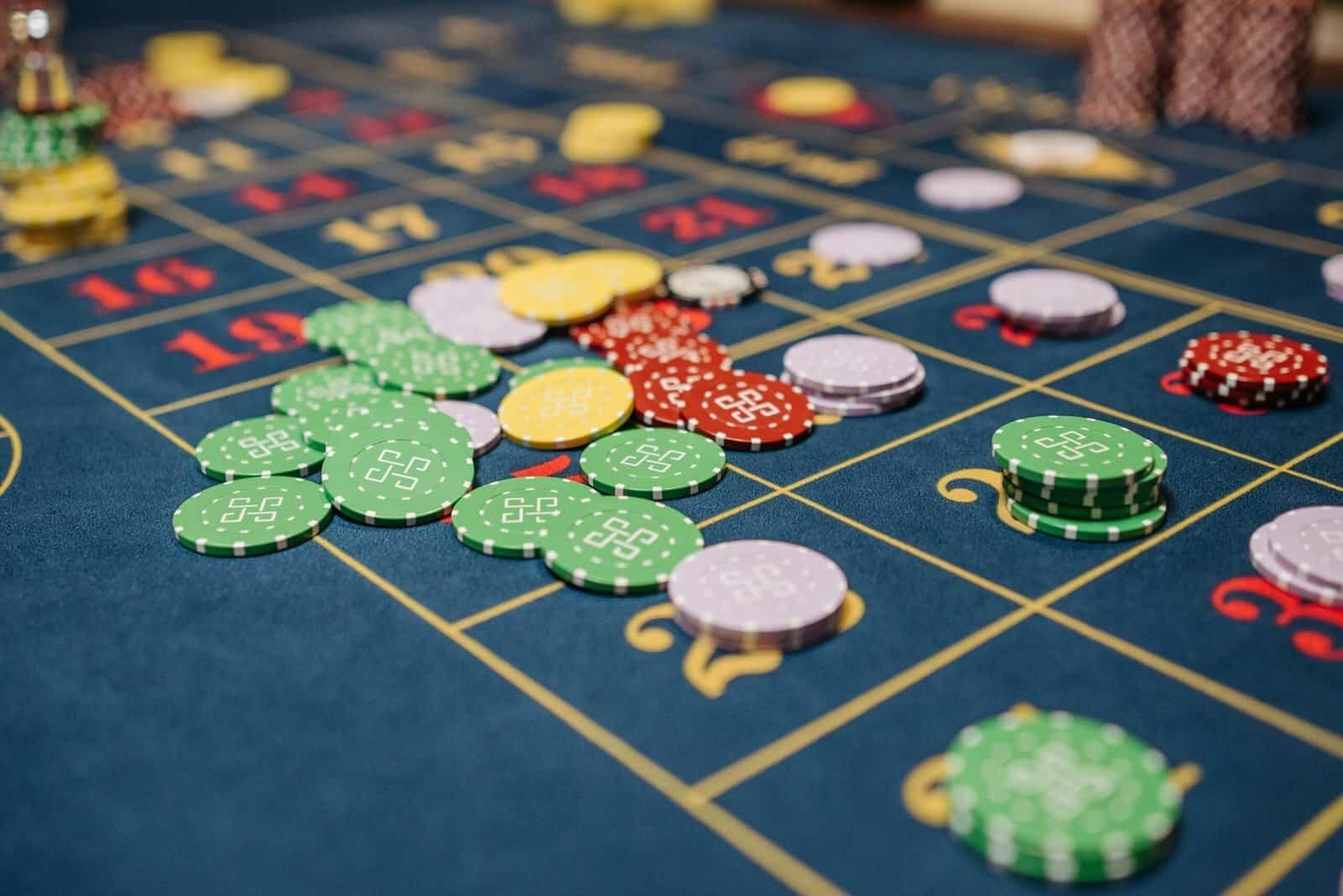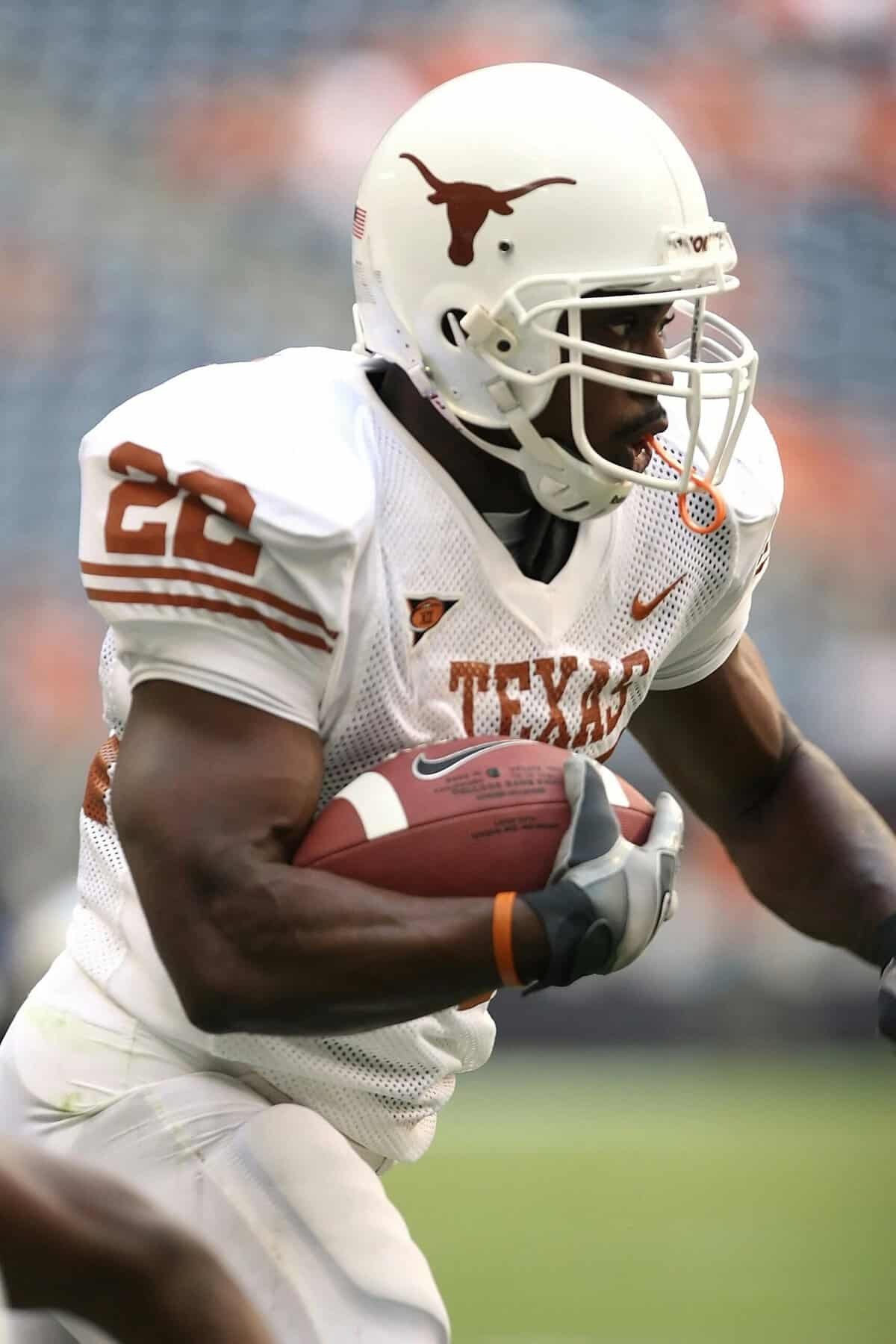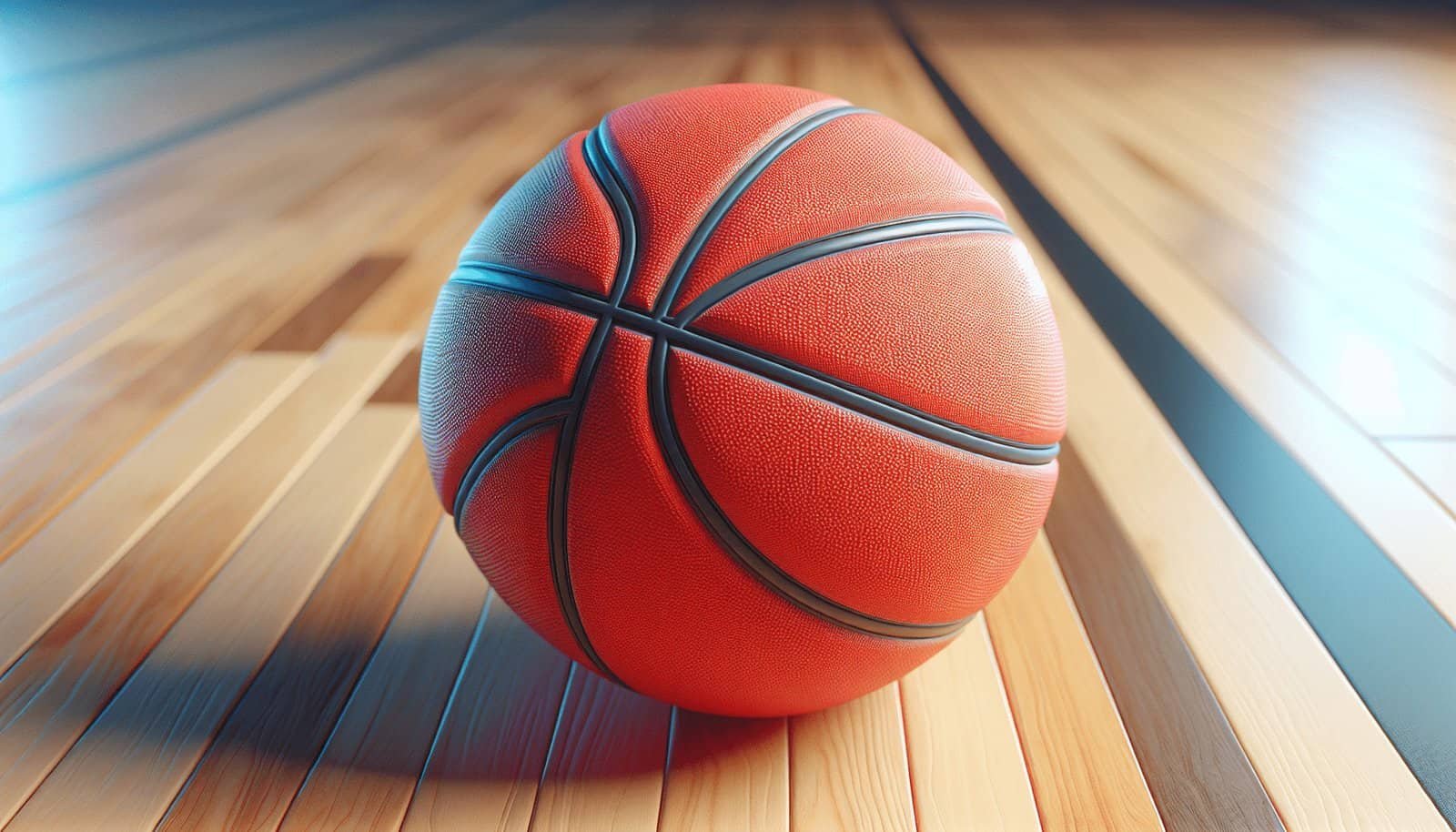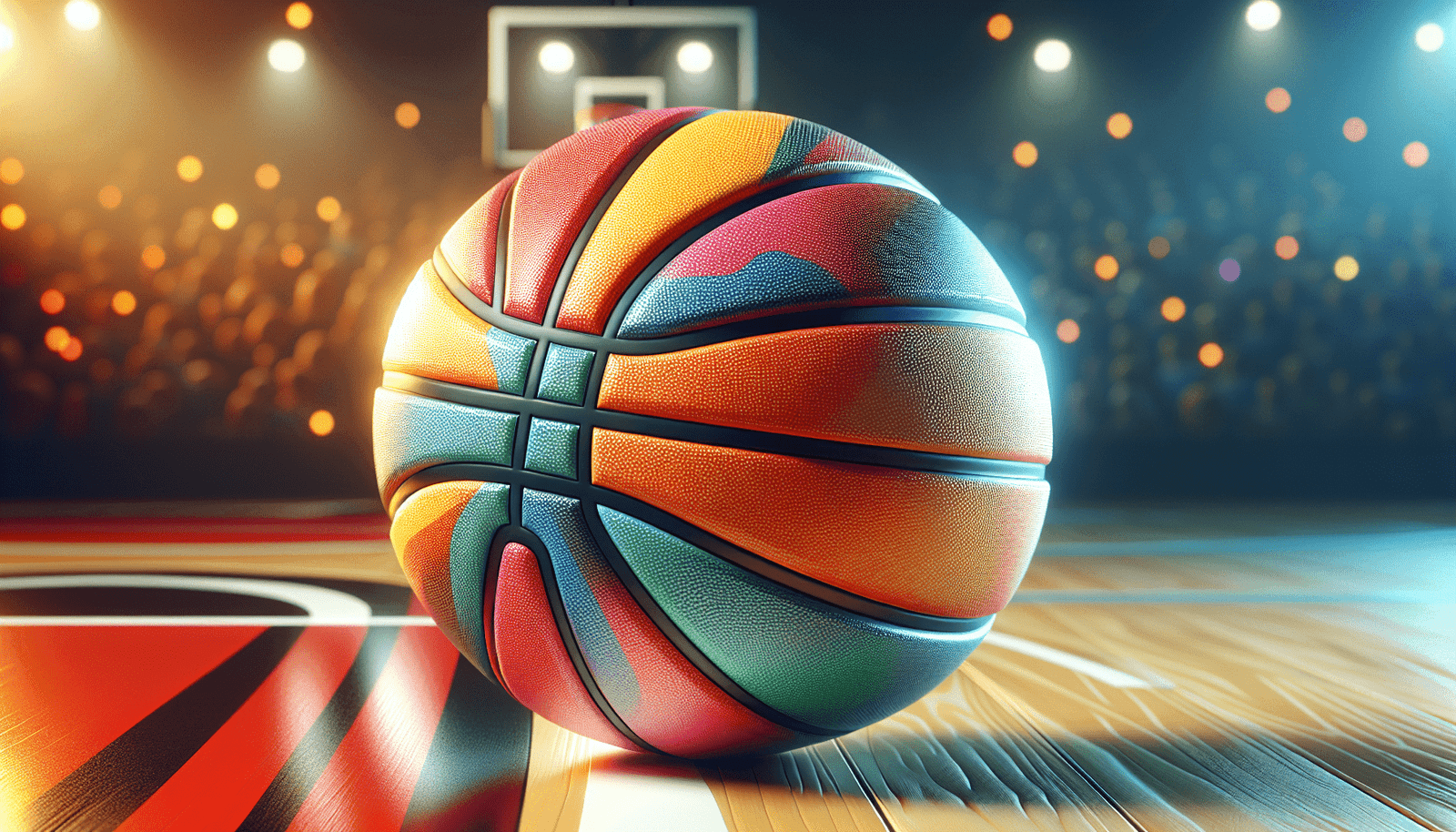Have you ever wondered what makes a basketball perfect for kids? Whether your child is just beginning to show interest in the sport or has been shooting hoops for a while, selecting the right basketball can significantly impact their development and enjoyment of the game. With numerous options available on the market, choosing the ideal ball can feel overwhelming. Today, let’s explore some of the top features you should consider when choosing a basketball for kids.

Importance of Choosing the Right Basketball
Selecting the right basketball goes beyond picking one off the shelf. It’s about finding the right fit for your child’s specific needs and abilities. Kids are developing their skills, coordination, and strength, so a basketball that supports these aspects can make all the difference. A well-suited basketball can help build confidence, improve techniques, and provide more fun during play.
Consider the Size and Weight
Why Size Matters
Basketballs come in various sizes, and choosing the appropriate size for your child is crucial. A basketball that’s too large or heavy can be difficult for a young child to handle, potentially discouraging them from playing. The proper size helps build essential skills like dribbling, shooting, and passing. Here’s a general guide:
| Age Group | Basketball Size | Circumference | Weight |
|---|---|---|---|
| Up to 7 years | Size 3 | 22 inches | 10 ounces |
| 8-11 years | Size 5 | 27.5 inches | 17 ounces |
| 12-14 years | Size 6 | 28.5 inches | 20 ounces |
How Weight Plays a Role
The weight of the basketball affects how easily a child can control it. Heavier balls require more strength, which young children may not yet have. Lighter balls enable consistent practice, improving skills without causing frustration or fatigue.
Material and Durability
Familiarize with Different Materials
Basketballs are typically made from rubber, composite leather, or genuine leather. Each material offers distinct advantages. Rubber balls are highly durable and ideal for outdoor play, perfect if your child loves playing in the driveway or the local park. Composite leather provides a softer feel and better grip, suited for both indoor and some outdoor surfaces. Genuine leather is usually reserved for indoor courts and offers top-tier performance and feel, generally more appropriate for advanced players.
Durability Considerations
Durability is an essential factor since kids can be rough with their equipment. Opt for materials that can withstand different playing surfaces and withstand general wear and tear. Composite and genuine leather are great for durability if used indoors, while rubber performs well outdoors.
Grip and Texture
Importance of Good Grip
A basketball with a good grip helps in handling, which is paramount for kids to develop skills confidently. Textured surfaces can prevent slips and ensure young players maintain control when dribbling or shooting.
Considering Texture Types
Textures vary significantly between different types of basketballs. Rubber balls often feature deeper channels, enhancing grip for outdoor play. Composite leather basketballs tend to have a smoother finish but incorporate additional textures to aid grip both indoors and outdoors.

Bounce Consistency
How Bounce Affects Play
Bounce consistency is a critical feature that affects how the game is played. A ball with irregular bounce can hinder skill development and make dribbling a frustrating experience.
Testing for Consistency
To test a basketball for bounce consistency, ensure it maintains a consistent height when dropped from a certain distance. Irregular bouncing indicates issues with the ball’s construction or inflation, both of which can impact gameplay.
Indoor vs. Outdoor Use
Assessing the Environment
Where your child will primarily play basketball influences the type of ball needed. If they’ll play mostly outside, a durable outdoor basketball is important. Conversely, for indoor play, a ball designed for hardwood surfaces would be ideal.
Dual-purpose Basketballs
Some basketballs are versatile, suitable for both indoor and outdoor use. These dual-purpose balls can be a cost-effective solution, though they may not offer the premium performance of surface-specific balls.

Price and Quality Balance
Understanding Cost vs. Value
While it might be tempting to spend less, investing in a quality basketball can provide long-term value. Cheaper balls may not be as durable or consistent, leading to more frequent replacements and ultimately, higher expenses over time.
Making Informed Decisions
Evaluate what you are willing to spend and balance it with critical features like durability, grip, and material quality. Sometimes spending a bit more upfront can save costs down the line by reducing the need for frequent replacement.
Brand Reputation and Reviews
Trustworthy Brands Matter
Brand reputation often speaks to the quality and performance of a basketball. Established brands usually have rigorous quality standards and provide customer support if required.
Reading Reviews
Reviews from other parents can be incredibly insightful. Look for feedback on durability, grip, and suitability for different age groups. This can help narrow down options to find the best fit for your child’s needs.

Safety Considerations
Safety First
Ensuring safety is always a priority when choosing any sports equipment for kids. Check that the basketball is manufactured following safety regulations and standards to protect your child during play.
Double-checking Materials
Ensure the materials used in the basketball are non-toxic and safe for children. Reputable brands typically adhere to safety standards and include information about material safety on packaging and product descriptions.
Encouraging Participation and Growth
The Role of a Perfect Basketball
A well-chosen basketball can foster a love for the sport, encouraging youngsters to actively participate and improve their skills. Feeling confident with a ball that suits their level can motivate them to practice regularly and enjoy friendly matches with peers.
Supporting Development
Providing the right equipment is part of supporting your child’s development in sports. As they grow and improve, periodically reassess whether a different size or type of basketball may be more beneficial as they advance their skills.

Conclusion
In making a choice, remember that the right basketball can significantly enhance your child’s playing experience. Consider factors like size, weight, material, durability, grip, and bounce consistency when evaluating options. Balancing price with quality ensures that you invest wisely in a basketball that will last and support your child’s love for the game. Ultimately, choosing a well-suited basketball sets the foundation for fun, improvement, and a lifelong appreciation for the sport.
